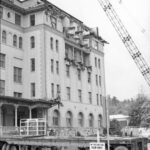Fun Fact #21: What Historic NW House used pieces of the Marabba West in its last 1970s Restoration? For that matter what was the Marabba West…
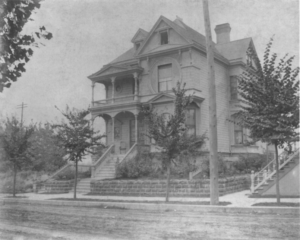
Answer: It was the Nathan Loeb House (726 NW 22) built in 1893. Rudolph Becker was never able to live in this house he had built. The panic of 1893 was the worst economic depression the America had ever seen. Becker was lucky to find an occupant who could take over the house. Loeb ended up raising eight children in the home. The panic was in part caused by overbuilding—once the banks failed, newly constructed houses were left vacant across the United States. Empty Victorian houses became a part of ghost stories. This house in featured in our Nob Hill-Alphabet District Tour.
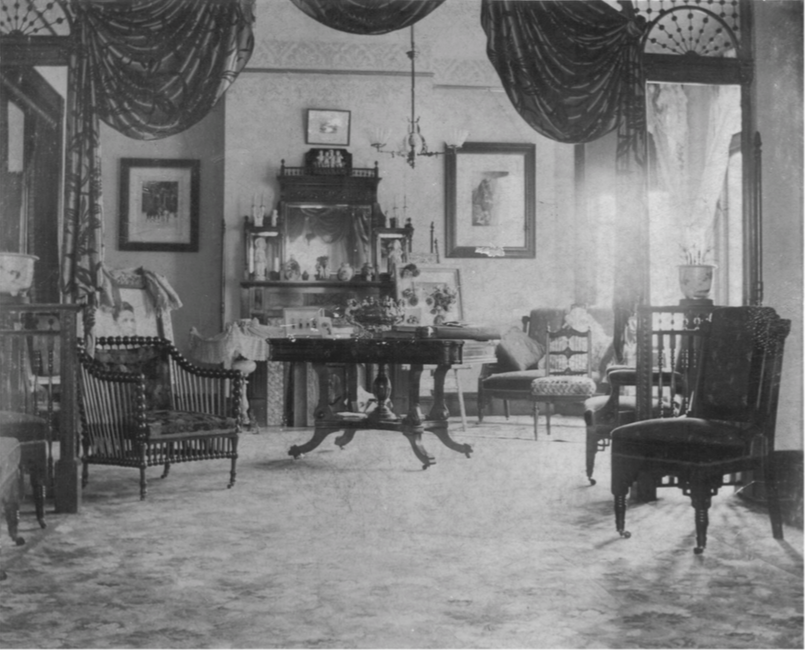
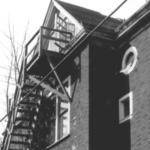
It is hard to imagine today the desire to clad this home in faux brick asphalt siding. These two 1895 Kaufman images of the Loeb house above are from the Nathan Loeb House National Register Nomination prepared in the late 1970s. The early picture was a significant resource for the restoration efforts. “Using the Kaufman photos, Jerry Bosco and Ben Milligan of Westblock Glass[,] duplicated the original stained-glass designs and re-installed them.” The Neighbor p 10, 11/1978, by Deirdre Stone.
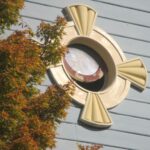
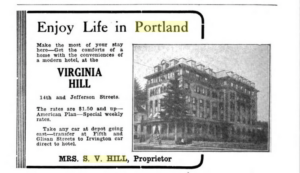
The Marabba West has an amazing history.The residential hotel building was first opened under the name “The Hill”later the Hobart-Curtis… When the Sister’s of Mercy took over the building they renamed the building Jeanne d’Arc Young Women’s Hall the apartment building offered shelter to single women employed in department stores and as secretaries. The “residential hotel” was a women’s only apartment building managed by nuns who looked after their reputation and provided community activities. The Sister’s of Mercy held services in the Jeanne d’Arc chapel. The rooms were furnished and provided reasonable rents for “business girls and lady tourists, permanent or transient. Special features within the limitation of the minimum wage earner” (The Oregonian, November 23, 1919 p 43)
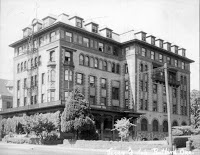
Women’s Hall Sisters of Mercy
Courtesy Norman Gholston.
